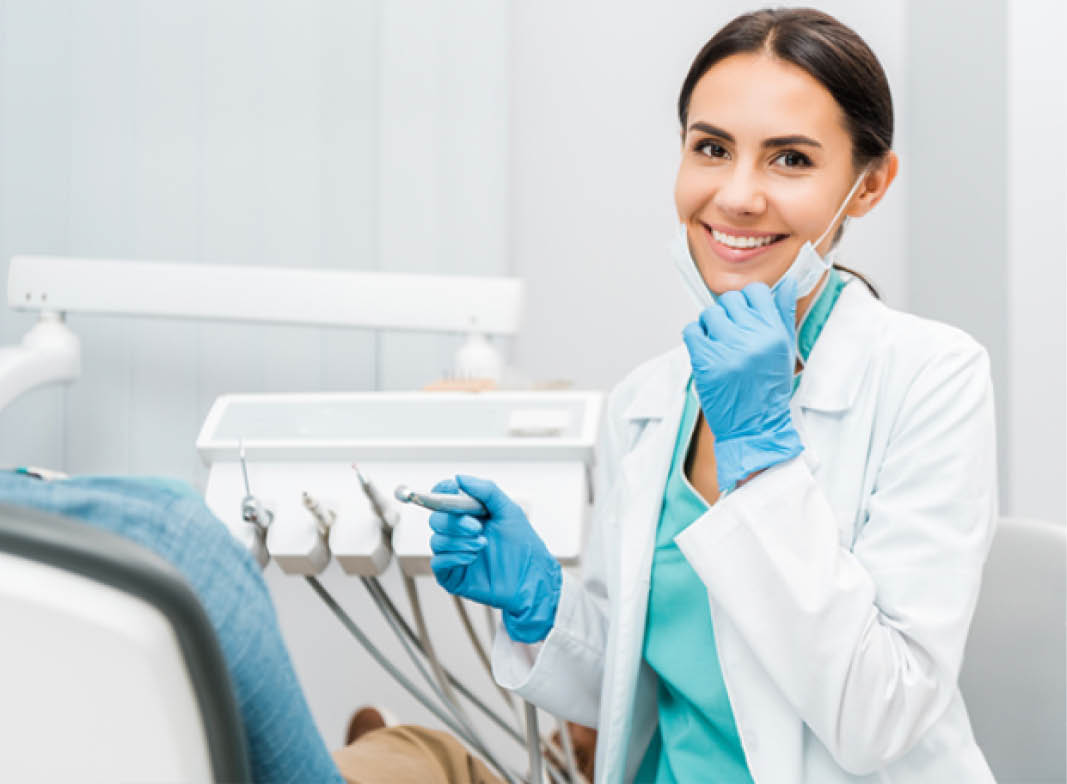In dentistry, problems of craniofacial, osteochondral, periodontal tissue, nerve, pulp or endodontics injuries, and osteoarthritis need regenerative therapy. There is a limitation of the regenerative potential in human tissue. Therefore, regenerative medicine exists to stimulate and induce healing and regeneration of human tissue or organ. In regenerative medicine, tissue engineering is considered an extremely important area involving the use of materials, cells and to a large extent, signaling molecules. Tissue engineering approach has the goal to understand tissue function and enable tissue or organ on the body to be made de novo. To achieve very important long-range objective of tissue engineering, research in many areas with collective interdisciplinary views are required.
The use of stem cells in dental tissue engineering pays a lot of increased attention, but there are challenges for its clinical applications. Therefore, cell-free-based tissue engineering using exosomes isolated from stem cells is regarded an alternative approach in regenerative dentistry. However, practical use of exosome is restricted by limited secretion capability of cells. For future regenerative treatment with exosomes, efficient strategies for large-scale clinical applications are being studied, including the use of ceramics-based scaffold to enhance exosome production and secretion which can resolve limited exosome secretory from the cells when compared with the existing methods available. Indeed, more research needs to be done on these strategies going forward.
Application of stem cells in dental tissue engineering such as in osteochondral, periodontal, pulp, salivary gland or nerve regeneration as well as in osteoarthritis, mucosal, skin and oral wound healing, is still problematic, especially for its large clinical scales. Therefore, cell-free-based tissue engineering using exosomes isolated from stem cells is regarded next-generation treatment in dentistry. In this study, basic understanding on the exosomes, status, the potential for regenerative therapy including challenges and strategies for the clinical applications are reviewed. Future approaches to increase production and secretion from the cells are also proposed to resolve limitation in exosomes availability.
Exosomes associate with the progression of diseases, among them are neurodegenerative disease, cardiovascular diseases and cancer. The association is related to the involvement of exosomes in many physiological processes such as antigen presentation, RNA transfer or tissue repair. Evidence from the previous studies shows that exosomes have specialized functions and key roles in coagulation, intercellular signaling and waste products management. Their functions include immune regulation, vascular regeneration promoting, mediation of cell proliferation, differentiation, migration, and apoptosis, preserving the body physiological condition and partaking in disease processes.
Author: Atik Choirul Hidajah
More detailed information about this article can be found at: https://www.future-science.com/doi/10.2144/fsoa-2021-0050
Ana, I.D., Barlian, A., Hidajah, A.C., Wijaya, C.H., Notobroto, H.B., Wungu. T.D.K., 2021. Challenges and strategy in treatment with exosomes for cell-free-based tissue engineering in dentistry. Future Sci. OA (2021) FSO751, eISSN 2056-5623





